
White Tailed Deer: Strengths & How To Overcome Them
Sense of Smell: The Whitetail Deer’s sense of smell is extremely sensitive. They can smell a hunter at great distances and this quality makes them a difficult animal to hunt! A good sense of smell is the deer’s main defense against predators, in fact, it’s even better than that of a bloodhound. They have a long nose with hundreds of olfactory receptors.
But that’s not all: the palate of a deer contains the vomeronasal, which classifies odors. With their breath, they detect odors in the air, including, (unfortunately!) human odor. The deer also has a brain that works to decipher odors; it acts like a super machine that interprets even the faintest smells.
How to persuade their sense of smell: One strategy for hunting is to stand with the wind blowing to one side. This way, when walking we would catch deer perpendicular to their field of vision. Also, there are countless products on the market that inhibit body odors, which would give you more freedom and you will not have to worry so much about the direction of the wind.
It is recommended that the hunt be conducted outside the area of the forest where you usually roam, as you run the risk of contaminating it with human scent and the deer will avoid this area if they detect the activity.
Hearing: Whitetail Deer don’t have great classical hearing, but they do have a great advantage: They have ears like large rotating antennae that pick-up sounds from all directions. The slightest sound and the deer will catch the attention and focus on it by sharpening the acuity.
How to overcome their hearing advantage: Avoid making sounds that are unconventional for the environment you are in. Example, metal clanking, clicking, etc.
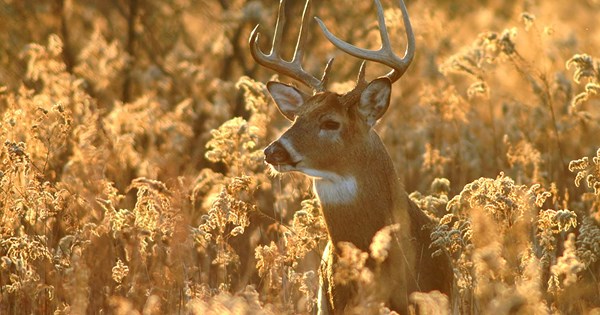
Deer Stalking + Stand Placement
Techniques: There are two common techniques for hunting white-tailed deer: stand hunting and still hunting.
1 – Stand hunting consists of standing or waiting behind a tree or bush for prey.
2 – Still hunting consists of standing on the ground and silently approaching the prey. It is also known as “stalk hunting” or simply “stalking”.
Stand Hunting
Position yourself in a spot where you can get your scent away from where you expect to see deer.
One option may be to sit in a tree stand or ground blind. Hunting from a tree stand gives you a wider range of vision. Hilly, or mountainous areas are a good idea for this. Just make sure you have some clear shooting areas, as it doesn’t matter how many deer you can see from that spot if you don’t have a clear field to shoot from bushes and branches in the way.
If your position is from a tree stand, make sure you have a good safety and that it is a safe and strong stand.
Also pay close attention to your weapon when entering and exiting a tree. Climbing up and down a tree with a gun is not recommended. Use a rope to raise and lower the gun, and that it is unloaded when doing so.
Options:
Commercial ladder stand: This stand is probably one of the safest if you follow the necessary precautions and can be easily moved to another tree. The disadvantage is that it is not as easy to transport, but it is sturdier than any climbing stand.
Climbing stand: This stand is easy to transport, but it is not a favorite of many for several reasons. For one, this type of support is somewhat precarious, as there is not a good grip when climbing, besides being a bit noisy, which runs the risk of scaring deer away.
Still-Hunting (stalking)
One of the best times for stalking hunting is in the middle of a light rain, as it dampens the forest floor and makes it less noisy or crunchy.
One of the main aspects of good stalking is to move slowly. Or stand still and minimize any noise and movement to avoid being spotted by a deer. Try to reduce any unnecessary movement such as swinging your arms or turning your head, etc.
Tip for an amateur hunter: If the weather is hot, you can take off your boots, roll up your pants and walk slowly up or down a creek bed. The sound of the water allows you to hide yours and your presence will be less noticeable.
When Is It Better To Hunt?
Time of day: In general, it is usually early in the morning or late in the afternoon, since deer move at this time of day because of the darkness. Although late in the season, it can also be an opportunity to hunt at midday, as the weather turns colder and they need to feed more and keep moving to stay warm.
Time of the season: The best times to hunt are early in the season and during the rut and breeding season. At the beginning of the season, deer do not feel the pressure of hunting because they are not used to it, which is the case at the end of the season.
Deer become more nocturnal as the season progresses as they become more cautious, making them harder to find and hunt.
Deer Hunting Clothing
This seems a bit complicated, but it’s pretty straightforward and simple and you don’t need to spend a bundle on it. Mainly your attire should be comfortable and quiet and also, depending on the time of year, warm or cool. Keep in mind that you will be standing still for a long time and your body will get cold, so you should have several layers of clothing just in case.
As we’ve already mentioned, deer pick up movement better than shapes, so there’s no need to buy a super expensive jacket when you can use one from your closet, as long as it’s not a fluorescent or flashy color, of course!
1 – The color of your outfit tries to make it similar to the environment where you will be hunting.
2 – If rain is expected, wear clothing that will stay warm and will not transfer water. Wool and synthetic fleece are good for that.
3 – If you are wearing layers or a bulky jacket, make sure you have enough room to comfortably fit your rifle in place.
4 – Denim and nylon are not a good choice for hunting, as they tend to make a lot of noise with movement.
5 – Soft cotton, wool and suede are the best allies when hunting.
During gun season, you are legally required to wear a bright shade of orange, which looks like a shade of gray for deer. How much or what garment you must wear depends on each state. Some states only require a hat, others would be covered by a vest.

What To Look For...
Once you find your hunting spot, you need to analyze the clues so that we can locate ourselves in a safe manner and with near certainty that we will find some deer throughout the day.
Tracks: Look for deer tracks and trails where they move comfortably without obstacles in the way. Trails at forest edges, near secluded water sources and in and out of brush cover are good choices. And when you find these trails, be on the lookout for possible hiding places you’ll have for an ambush.
Rubs and scrapes: These signs occur after fall, as they are made by breeding males, who use “scrapes” and “rubs” to imbue their scent and mark territory. But these places are a good indication that you will find a deer.
Human traffic: Not only should we look for deer tracks, but also for dogs and their owners. These are signs that the area may be contaminated by other hunters and you should move away from these spots to more remote locations.
Edges and wind: Finally, plan your hunt based on the winds. These should hit you in the face so that they carry your scent. Also, look for places where you can see a lot of meadows, fields and groves, as deer like these places to forage.
What Are The Weapons of Choice For Deer Hunting?
Regarding gun safety
The most important factor in any hunt is safety. If you are going to use firearms, it is a very good idea to take a hunter safety course. In fact, most states require it in order to practice the sport. The key is to always stay alert and treat your guns as if they are always loaded.
Always be aware of where your muzzle is pointed. Never point your gun at something you don’t plan to shoot and always know what’s behind your target. Depending on the caliber, a bullet can travel several miles and not always a deer will stop a bullet, so be careful what is behind the deer. If you don’t know this, don’t shoot.
You must have familiarity is your gun and be comfortable loading and unloading it, otherwise it would be dangerous.
Brush guns
If you opt to hunt in the woods, a shotgun will be a great choice. The advantage that shotguns have is that it shoots round bullets and they work well in brush as branches and leaves do not easily deflect it. They also have a quick action like a lever or pump.
The only downside is that these bullets are less aerodynamic, so it drops significantly at longer distances, which is not ideal for long shots. But shooting in the woods would be no more than 100 yards, so it would be fine.
One of the most popular brush guns out there is the .30-30. With follow ammo for this gun, it is relatively easy and it is also inexpensive compared to other higher-powered rifles.
Brush guns can be fitted with a scope, although iron sights are better for short distances. Iron sights, in the vast majority of cases, will work best because they make your target quick and easy to see.
Iron sights are an advantage when sighting in low light conditions, which are quite common in hunting hours.
Long-range riflescopes
Hunting at long distances requires a shooter that shoots flatter, ballistically speaking, than a shotgun. A flat shooter will hold the trajectory of the bullet at an elevation for several hundred yards before dropping to the ground. A .30-06 and .270 Winchester are two popular and readily available long-range calibers.
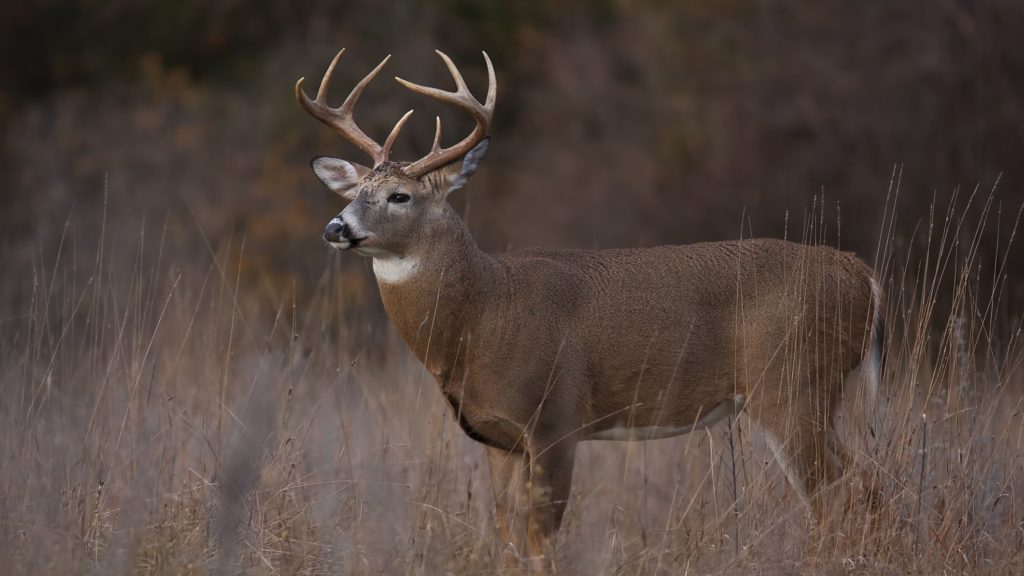
Shooting: Practice and Technique
Shooting Technique:
This is very important! Whatever gun you use you must put it into practice before you go hunting. If you don’t know what range your bullet will have or where it will land, you are sure to miss the target you are aiming at.
Whenever you shoot at long distances you will need a support base to give your gun stability and a good shot. The longer the distance the bullet travels, the more unstable the shot (or sights) will be. You can use support places such as tree branches or rocks to steady your shot.
Once you manage to steady and stabilize your gun, you can concentrate on perfecting your sights and how to pull the trigger.
Basic concepts:
1. After locking your reticle on the target, adjust your head so you can see the full circle of the scope. If you can’t see the full circle, that is, if you see a dark outline or crescent on one side or the other, watch out, because your gun is not pointing where you think it is. What you see in this case is an optical illusion and will deflect your shot. Check that your eye is not too close or too far out of range. Adjust by moving your cheek resting on the butt of the gun up or back.
2. Do not squeeze your gun, just hold it. If you rest your shoulder and cheek, you will get more stability. The stock should be resting solidly on your shoulder and the weight of your head should keep your cheek against the stock, but your grip should be relaxed, as should your fingers.
3. Place the tip of your index finger or pad on the trigger, inhale, let the breath out halfway and hold. Then gently squeeze the trigger until the rifle fires. If you anticipate recoil, it will flinch and release the shot. The trigger should not take more than a couple of seconds, because if you hold your breath too long you will start to shudder and the shot will not come out the way you want it to.
Shooting practice:
Like any sport, you must have some practice time to learn and perfect the technique. We do not have any pressure when we do it in practice, so the steps we mentioned above, would come out easily. It is very simple to think: Gun at rest – check. Safety, grip loose – check. Squeeze the trigger and breathe slowly.
But it is different when we are at the hunting stand. You have to combine all of the above plus not making noise or sudden movements that scare the prey away, it is a little more complicated than it seems. That is why it is necessary to have good practices to minimize the errors at the moment of hunting.
Where to shoot a deer:
Once you have practiced your technique, your sights are right and you know where the bullet will land, it’s time to know where to shoot.
We pay so much attention to the above (which is fundamental) but we forget that we are not used to shooting real deer. It is a detail that is easily lost when you are on adrenaline overload and your first impulse is to just pull the trigger when you see something brown.
If we don’t take care of this detail, it won’t be a good shot, which, at best, we may miss, and worst case, you maim the deer and we don’t want that. Somewhere in between is a broken shoulder that could kill the deer, but ruin a quarter of the meat.
Aim as best you can to hit it just behind the shoulder and about a quarter to a third of the way up from the belly. Both the heart and lungs are located in this area, and if your shot goes as well as you’d like, you’ll get one or the other, and the deer will suffer as little as possible.
Taking a deer out of the woods:
What we will do with a deer after hitting it will depend on several factors. We should prepare the deer in the field, remove it and load it into a vehicle and take it to a processor as soon as possible so that the meat is as clean and protected as possible.
Deer processing services are usually small businesses and some only operate during hunting season.
Treat deer like all perishable foods, it is important to keep it fresh and clean. If you do not treat them this way, they will quickly become inedible. Deer, like any meat, should not be left in warm places above 40 degrees for too long. Hot air stimulates the growth of bacteria, which spoils the meat.
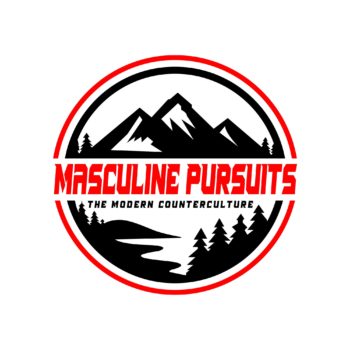


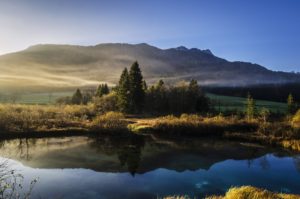
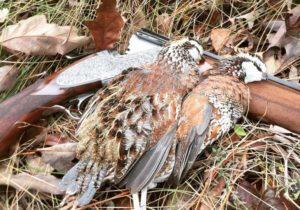
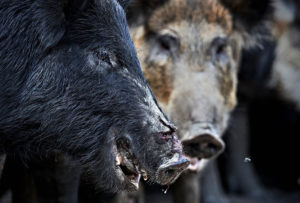
No Comments